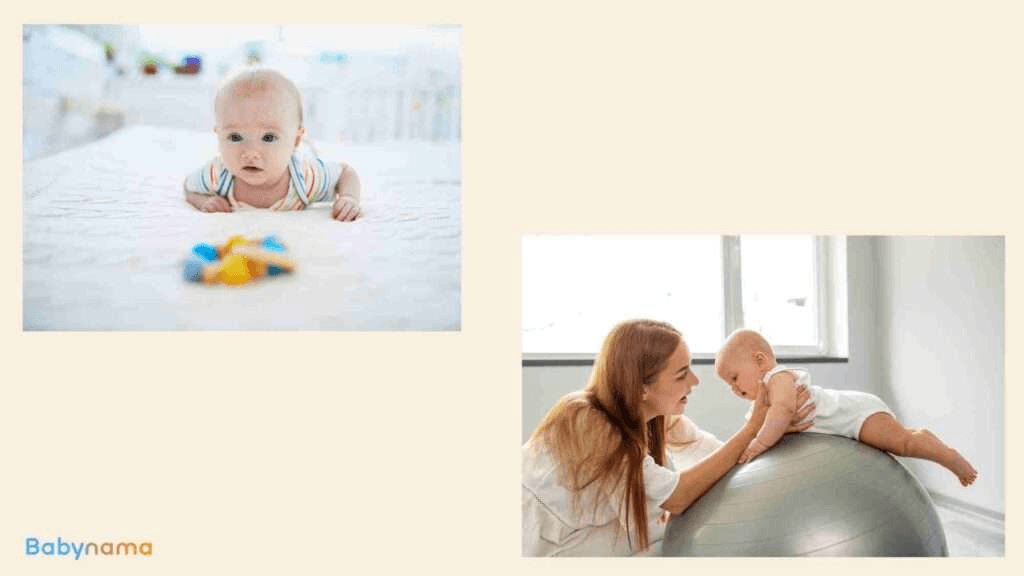
Massaging a newborn baby can have many benefits for both the baby and the parent. It is a great way to bond with your baby and provide a relaxing experience for them. In this blog, we’ll explore the benefits of baby massage, correct methods of massage, and techniques for massaging different parts of the body.
Why Is Massage Necessary?
Massage can benefit babies in several ways:
- Touch is one of the most developed senses at birth, and gentle laying on of hands can be calming and therapeutic for babies.
- There is evidence to show that infant massage has significant benefits for normal growth and development.
- Infant massage can help lull babies to sleep and relieve gassy bellies.
- Massage can promote bonding between parents and babies while supporting the baby’s physical and emotional well-being.
Benefits Of Massage
Infant massage, according to research, may offer a lot of health benefits for the baby. For example, Newborn massage benefit may include the following:
- Encourage interaction between you and your baby, and assist your infant in relaxing and falling asleep.
- Reduce crying in infants by having a positive impact on the hormones that regulate stress.
- Some studies have suggested that infant massage employing moderate pressure may help premature babies grow faster.

Correct Method of Massage
Tips for Correct Infant Massage:
- Use non-breakable bottle for massage oil and test it on a small area of baby’s skin first
- Wait until baby is calm yet aware to start the massage
- Cradle the baby by your feet on a blanket and undress to diaper
- Move to a different area or stop massage if baby cries or gets irritated
Face and head massage techniques:
- Shampoo-like massage on scalp
- Gentle massage of ear canals
- Draw heart on face
- Massage eyebrows
- Gently touch closed eyelids
- Draw line across cheeks
- Tiny circles on jaw
Chest massage techniques:
- Stroke from sternum to shoulders
- Trace a heart shape
- Criss Cross motion from hip to opposite shoulder and back
Arm massage techniques:
- Tap upper arm
- C-shape stroke from shoulder to wrist
- Wring towel motion
- Massage palm
- Sweeping motion from wrist to fingers
- Little circles around wrist
- Roll arm between hands
Back massage techniques:
- Move hands back and forth from base of neck to buttocks
- Massage neck and buttocks
- Spine in little circles from bottom to top
- Circular motions on shoulders
- Large circular strokes on buttocks
- Rake-like strokes on back
Leg massage techniques:
- Tap upper thigh
- C-shape stroke from thigh to toes
- Strike down from hip to foot with both hands rotating, keeping hands on leg thigh, one right above the other
- Stroke down from hip to foot.
Key points regarding how often to massage your baby
- There is no set frequency for massaging your baby.
- Many parents find that daily massages are beneficial.
- Massaging can be incorporated into your baby’s bedtime routine or done at another time that works for you and your child.
- Pay attention to your baby’s cues and do not force them into a massage if they’re not in the mood.
Conclusion
Massaging a newborn baby can have many benefits such as promoting bonding, calming the baby, and aiding in growth and development. It is important to use the correct techniques and follow safety precautions such as testing massage oil and stopping if the baby becomes upset.





